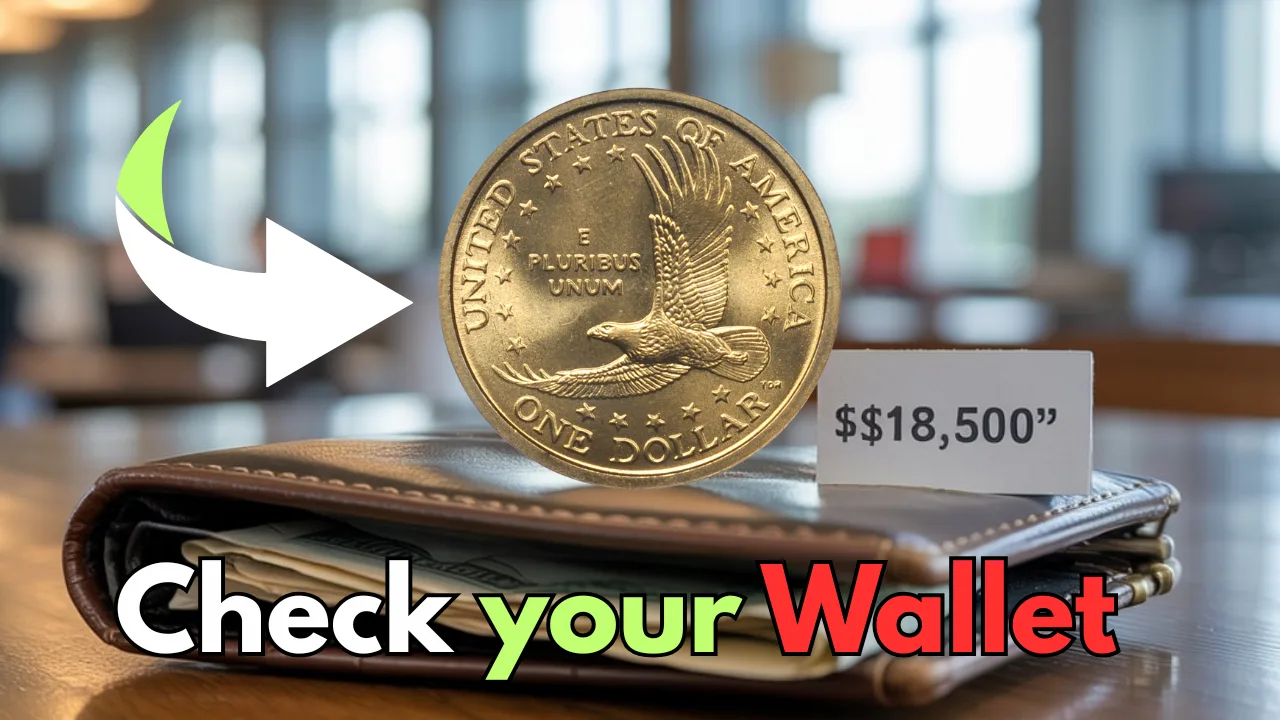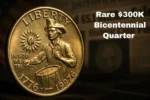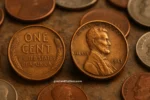In a surprising turn of events, a rare and highly valuable 2000 Sacagawea dollar coin was recently discovered tucked away in an old wallet. What makes this find exceptional is that the coin features the elusive “Cheerios reverse”—a variation that collectors have been hunting for since it first surfaced more than two decades ago. The coin, originally distributed as part of a Cheerios cereal box promotion in early 2000, is now valued at a staggering $18,500 due to its rarity and historical significance.
A Promotion Turned Treasure
In early 2000, as part of a joint marketing campaign between the U.S. Mint and General Mills, Cheerios cereal boxes included either a 2000 Lincoln cent or a new Sacagawea dollar coin. Approximately 5,500 Sacagawea dollars were distributed in this promotion. At the time, these coins were believed to be regular uncirculated examples. However, it wasn’t until years later that collectors discovered something different about some of them.
In 2005, numismatists began noticing that certain Cheerios-distributed Sacagawea dollars had an enhanced eagle tail design on the reverse (back) of the coin. Unlike the standard version, these coins showcased more intricate feather detailing on the eagle’s tail—indicating they were from an early test strike or prototype stage.
This difference turned what was initially a minor novelty item into one of the most sought-after modern coins in U.S. history.
A Wallet Discovery With a Big Payoff
The recent discovery was made by an anonymous man who had stored the coin in his wallet for years, unaware of its potential worth. Thinking it was just an ordinary dollar coin from the 2000s, he was stunned to learn it was one of the few known Cheerios reverse Sacagawea dollars. After having the coin authenticated and graded by Professional Coin Grading Service (PCGS), experts confirmed it as a Cheerios reverse variety, adding it to the official registry of known examples.
Valued at $18,500, the coin’s premium comes from its rarity (fewer than 80 verified examples are known to exist), pristine condition, and its place in the timeline of modern U.S. coin production. Had it been a regular Sacagawea dollar, its value would have been only face value or slightly above depending on condition.
Why Is the Cheerios Reverse So Special?
The Sacagawea dollar was the first U.S. coin to feature a Native American woman as its central figure. Designed by Glenna Goodacre (obverse) and Thomas D. Rogers Sr. (reverse), the coin aimed to reinvigorate the use of dollar coins in daily circulation.
What makes the Cheerios reverse version stand out is the added detail on the eagle’s tail feathers—a design element that was ultimately simplified before mass production. That means these Cheerios coins were essentially pattern pieces, or early versions of the coin before the design was finalized. Because only a few escaped into the public via the cereal promotion, they’re now incredibly rare and considered transitional varieties.
Growing Collector Interest
The market for modern rarities like the Cheerios Sacagawea dollar has grown substantially. These coins appeal not only to traditional numismatists but also to younger collectors who appreciate the mix of modern marketing, hidden history, and financial potential.
In recent years, other examples of the Cheerios dollar have fetched between $10,000 and $30,000 at auction, depending on their condition and grading. The fact that this one was found casually stored in a wallet just adds to the mystique and excitement around collecting rare coins.
FAQs
Q: How can I tell if I have a Cheerios reverse Sacagawea dollar?
Look closely at the tail feathers of the eagle on the reverse side. If they are sharply detailed with extra ridges, it might be the Cheerios variety. You’ll need to have it authenticated by a reputable grading service like PCGS or NGC to be sure.
Q: How many Cheerios Sacagawea dollars exist?
It’s estimated that about 5,500 were distributed, but fewer than 80 confirmed examples of the Cheerios reverse variety have been authenticated.
Q: Can I find one in circulation?
It’s highly unlikely today, as most have been taken out of circulation and are now in collector hands. However, rare finds do still occasionally happen—as this wallet discovery proves.
Q: What is a coin grading service?
Coin grading services, like PCGS or NGC, professionally assess a coin’s authenticity and condition. They assign a numeric grade (out of 70), encapsulate the coin in a tamper-proof holder, and provide certification—critical for valuing rare coins.
Q: What should I do if I think I have a valuable coin?
Avoid cleaning it, as that can lower its value. Handle it carefully and consult a professional coin dealer or grading service to evaluate its authenticity and worth.
In summary, the recent discovery of a Cheerios reverse Sacagawea dollar is a powerful reminder that hidden treasures can still exist in the most ordinary places. For collectors and casual enthusiasts alike, this find adds another chapter to the fascinating story of modern American coinage.




